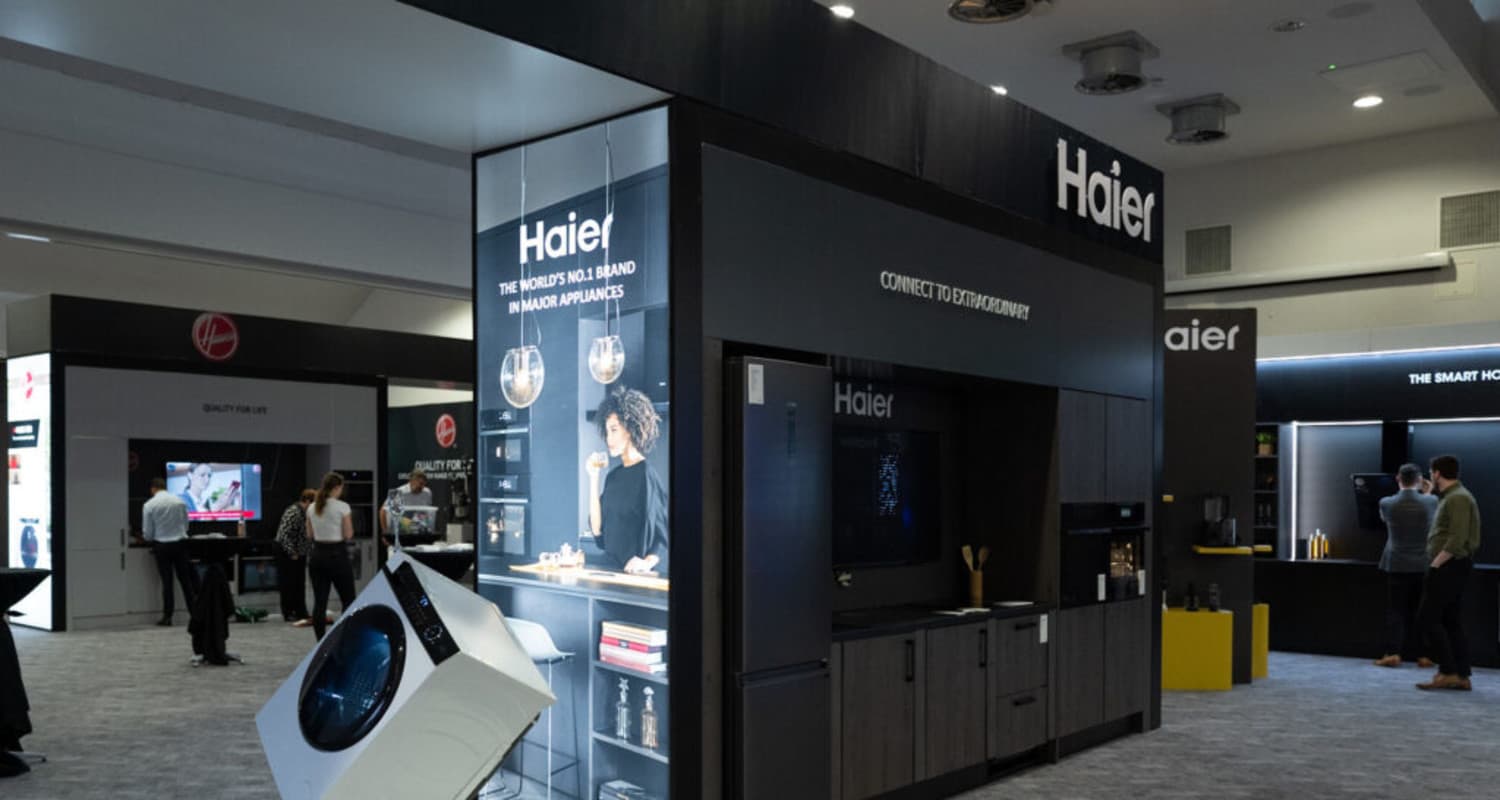Case StudyProduct Team: Defining The Compensation Structures - Microenterprise Ownership and Compensation at Haier
Haier, a leading multinational in the home appliance sector, faced the challenge of maintaining innovation and entrepreneurial spirit among its large workforce. Traditional corporate structures often stifled creativity and agility, crucial for responding to rapidly changing market demands. Haier sought to transform its organizational structure to foster a more dynamic, ownership-driven culture. This transformation was aimed at empowering employees to become entrepreneurs, thereby driving greater value creation and customer satisfaction.

The Solution
Haier's approach involved restructuring the company into numerous microenterprises, each acting as an independent entity within the larger organization. Employees in these microenterprises were given the opportunity to become part-owners, aligning their personal success with the success of their microenterprise.
Key Elements:
- Ownership and Entrepreneurship: Employees were encouraged to think and act like entrepreneurs. By making employees part-owners of their microenterprises, Haier ensured that each person had a direct stake in the success of their projects. This model motivated employees to innovate and strive for excellence, knowing that their efforts directly impacted their earnings and career growth.
- Decentralized Decision-Making: Microenterprises operated with a high degree of autonomy, allowing for quicker decision-making and more responsive actions to market changes. This decentralization was crucial for maintaining agility and fostering a sense of ownership among employees.
- Centralized Pool System: Haier implemented a centralized pool where employees who did not succeed in their microenterprises could return. This system provided a safety net, reducing the fear of failure and encouraging employees to take bold initiatives. If a microenterprise failed to meet its targets, employees could rejoin the pool and bid for new opportunities (they call applying for roles as bidding as you pitch your value and your salary), ensuring continuous engagement and utilization of their skills. Employees in the pool receive a basic income, often not enough to live comfortably, motivating them to actively seek and succeed in new opportunities.
- Profit-Sharing and Value Adjustment Mechanism (VAM): The financial success of microenterprises was shared among their members through a detailed VAM. This profit-sharing mechanism was a powerful incentive, aligning the interests of employees with the company's overall performance. By tying compensation directly to the value created, Haier promoted a culture of continuous improvement and customer-centric innovation.
What is a VAM?
Haier’s remuneration system consists of two main components:
- Basic Income: This is provided to all employees, including those in the talent pool, acting as a safety net. However, this income is typically not sufficient for a comfortable living, encouraging employees to actively seek new opportunities within the company.
- Customer-Paid-Salary: This dynamic component comes into play when an entrepreneur has won a bid. The salary structure under this system includes several performance thresholds defined during the bidding process:
- Initial Threshold: To qualify for the first level of bonus, a microenterprise must meet a basic performance target. Achieving this often results in a bonus, but it may still be below the market average.
- Market Average Production: Meeting the market average performance grants the entrepreneur a market-conform salary.
- Added Value Realm: Performance exceeding the market average triggers the VAM. Entrepreneurs who outperform the market average receive a share of the profits generated by their extra output. There is no upper limit on the profit sharing.
Outcomes achieved
Haier's innovative compensation and organizational structure yielded significant benefits:
- Increased Innovation: The entrepreneurial model fostered a culture of innovation, as employees were constantly motivated to develop new solutions and improve existing processes. This drive for innovation was reflected in Haier's ability to rapidly introduce new products and services tailored to customer needs.
- Employee Empowerment: By giving employees ownership stakes and decision-making power, Haier significantly increased job satisfaction and engagement. Employees felt more valued and invested in their work, leading to higher productivity and morale.
- Agility and Responsiveness: The decentralized structure allowed Haier to respond swiftly to market changes and customer feedback. Microenterprises could pivot quickly without the bureaucratic delays typical in traditional corporate hierarchies.
- Risk Mitigation: The centralized pool system mitigated the risks associated with entrepreneurial ventures. Employees were more willing to take risks, knowing they had a fallback option. This safety net encouraged a bolder approach to business challenges, fostering a culture of experimentation and learning.
